Hells Angels Motorcycle Club: History, Membership, And Activities
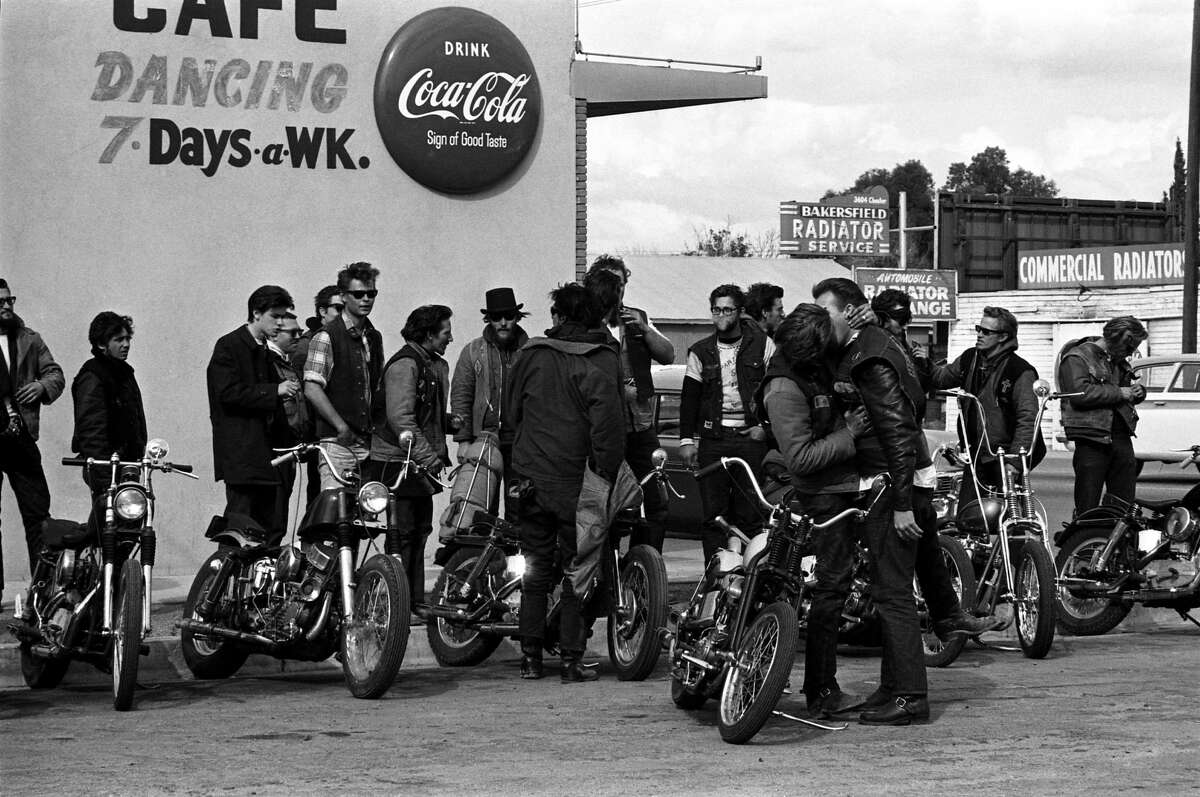
Table of Contents
A History of the Hells Angels Motorcycle Club
Early Years and Formation
The Hells Angels MC origins can be traced back to post-World War II California. Founded in 1948 in Fontana, California, the club initially consisted of a small group of veterans and motorcycle enthusiasts. These early Hells Angels history records show a focus on camaraderie and motorcycle riding, with activities centered around motorcycle rallies and social gatherings.
- Founding date and location: 1948, Fontana, California.
- Initial membership demographics: Primarily World War II veterans and motorcycle enthusiasts.
- Early club activities: Motorcycle rallies, barroom brawls, and social gatherings. These early activities laid the foundation for the club's future, both its positive and negative aspects. The founding members of Hells Angels established a culture that would later evolve and significantly change.
Expansion and Growth
From its humble beginnings, the Hells Angels MC expansion was rapid. The club quickly spread across the United States, establishing chapters in various states. This global presence of the Hells Angels was further solidified through international expansion, creating a network of chapters spanning the globe. This growth wasn't without conflict; the Hells Angels engaged in numerous territorial disputes and violent clashes with rival motorcycle clubs, notably the Bandidos and Mongols.
- Significant milestones in expansion: Establishment of chapters across the US and internationally.
- Territorial disputes: Frequent conflicts over territory and control of criminal activities.
- Major conflicts with rival motorcycle clubs: Brutal clashes with the Bandidos, Mongols, and other OMGs. These rivalries are often fueled by competition for drug trafficking routes and other criminal enterprises.
Legal Battles and Media Portrayal
The Hells Angels MC legal issues are extensive and well-documented. The club has been involved in countless legal battles, ranging from assault and battery charges to drug trafficking indictments. The media portrayal of the Hells Angels has also significantly influenced public perception, with the club frequently depicted as a ruthless and violent criminal organization in books, films, and documentaries.
- Notable legal cases: Numerous high-profile trials involving drug trafficking, murder, and racketeering.
- Media depictions: The Hells Angels have been featured extensively in books, films, and documentaries, often portraying them in a negative light.
- Impact of media on public perception: The media's focus on the club's criminal activities has largely shaped public perception of the Hells Angels.
Membership and Structure of the Hells Angels Motorcycle Club
Becoming a Member
The process of becoming a full-fledged Hells Angels MC member is rigorous and demanding. Aspirants typically go through several stages: prospect, hangaround, and probationary member before they are eventually “patched in.” The "patching in" ceremony marks the official acceptance into the club.
- Requirements for membership: Strict criteria include demonstrating loyalty, commitment, and participation in club activities. A potential member must often prove their worth through acts of service or violence.
- The "patching in" ceremony: A formal ceremony where the prospective member receives their official Hells Angels colors (the club's patch).
- Hierarchical structure within chapters and the overall club: A rigid hierarchy ensures discipline and control within the organization. This structure often involves various ranks and roles with clearly defined responsibilities.
Club Organization and Hierarchy
The Hells Angels MC structure is complex and hierarchical. The club operates on a chapter system, with mother chapters overseeing subordinate chapters. The national leadership provides overall direction and guidance to the various chapters. This structure allows for efficient communication and coordination of activities across different regions.
- Roles within the club: President, vice president, sergeant-at-arms, and other roles with specific responsibilities.
- Communication between chapters: Clear lines of communication are crucial for coordinating activities and maintaining control.
- Decision-making processes: Decisions are typically made through a hierarchical structure, with higher-ranking members having more influence. The leadership structure of the Hells Angels is often shrouded in secrecy.
Activities of the Hells Angels Motorcycle Club
Legal Activities
While notorious for their criminal activities, the Hells Angels MC events also include some legal activities. These typically involve large-scale motorcycle rallies, fundraising events (though often with questionable transparency), and participation in some motorcycle shows. However, any positive community involvement is often overshadowed by the club's criminal reputation.
- Fundraising events: These events, while legal, often lack transparency and raise questions about their true purpose.
- Community involvement: Minimal or non-existent positive community engagement.
- Motorcycle shows and rallies: These events serve to promote the club’s image and attract new members.
Criminal Activities
The Hells Angels MC criminal activity is extensive and well-documented. The club has been implicated in a wide range of criminal enterprises, including drug trafficking (cocaine, methamphetamine), violence (murders, assaults), extortion, and money laundering. These activities generate significant profits and maintain the club's power and influence.
- Types of criminal activity: Drug trafficking, violence, extortion, money laundering, and other illegal enterprises.
- Investigations and prosecutions: Numerous investigations and prosecutions have targeted the club's criminal activities.
- Impact on communities: The Hells Angels' criminal activities have a significant negative impact on the communities in which they operate, contributing to violence and drug abuse.
Conclusion
The Hells Angels Motorcycle Club, with its long and controversial history, remains a significant and complex subject. From its post-war origins to its global presence, the HAMC's activities have spanned a spectrum from motorcycle rallies to organized crime. Understanding its intricate structure and history is crucial to grasping its impact on society. For more in-depth information on the Hells Angels Motorcycle Club and other outlaw motorcycle gangs, further research is encouraged. Learn more about the fascinating, yet troubling, world of the Hells Angels Motorcycle Club and its impact.

Featured Posts
-
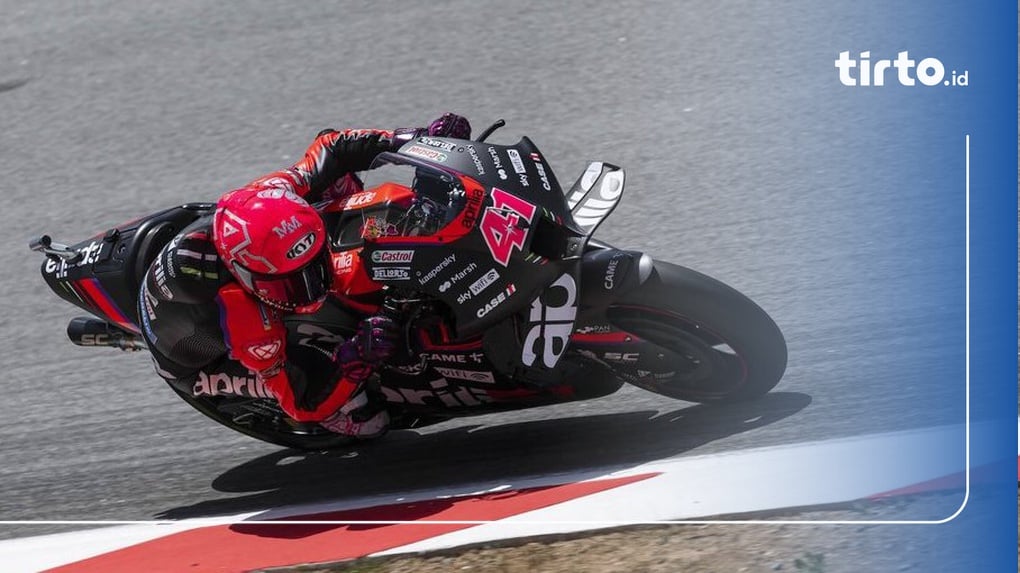 Moto Gp Inggris Link Live Streaming Race Sprint Jam 20 00 Wib
May 26, 2025
Moto Gp Inggris Link Live Streaming Race Sprint Jam 20 00 Wib
May 26, 2025 -
 The China Us Trade Truce A Boon For Exporters
May 26, 2025
The China Us Trade Truce A Boon For Exporters
May 26, 2025 -
 Holding On Jonathan Peretzs Story Of Finding Joy After A Year Of Loss
May 26, 2025
Holding On Jonathan Peretzs Story Of Finding Joy After A Year Of Loss
May 26, 2025 -
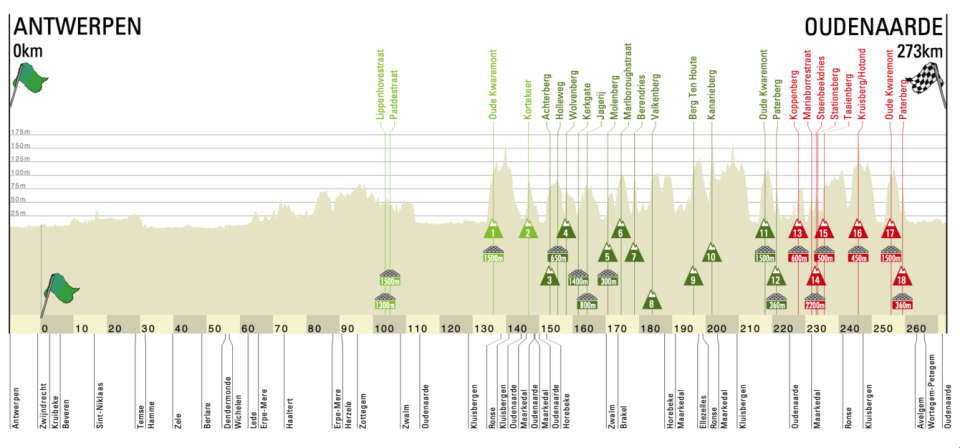 Will Pogacar Or Van Der Poel Conquer The Tour Of Flanders
May 26, 2025
Will Pogacar Or Van Der Poel Conquer The Tour Of Flanders
May 26, 2025 -
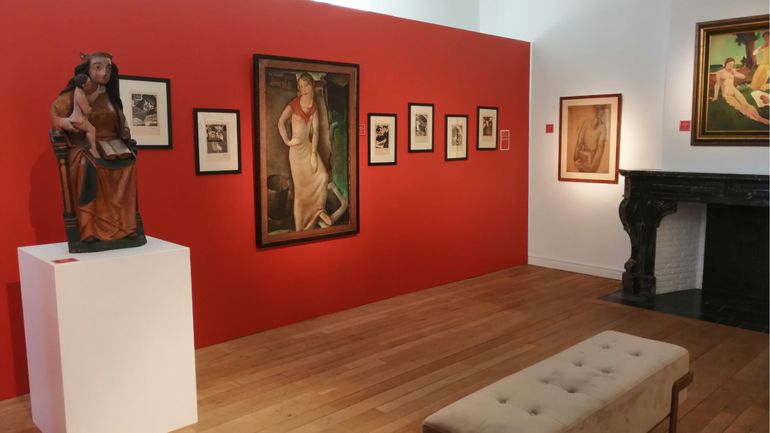 Bourse Payot 2024 Hugo De Waha Laureat Du Concours De Journalisme
May 26, 2025
Bourse Payot 2024 Hugo De Waha Laureat Du Concours De Journalisme
May 26, 2025
Latest Posts
-
 Europe 1 Soir Version Integrale Du 19 03 2025
May 30, 2025
Europe 1 Soir Version Integrale Du 19 03 2025
May 30, 2025 -
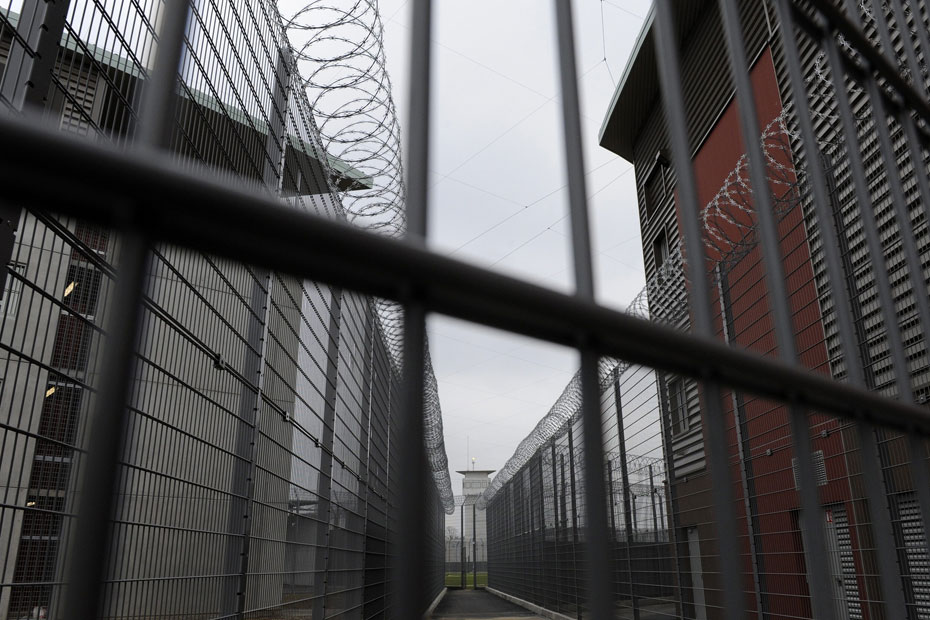 19 Mars 2025 Ecouter L Integrale D Europe 1 Soir
May 30, 2025
19 Mars 2025 Ecouter L Integrale D Europe 1 Soir
May 30, 2025 -
 Podcast Integrale Europe 1 Soir 19 Mars 2025
May 30, 2025
Podcast Integrale Europe 1 Soir 19 Mars 2025
May 30, 2025 -
 L Integrale De L Emission Europe 1 Soir 19 03 2025
May 30, 2025
L Integrale De L Emission Europe 1 Soir 19 03 2025
May 30, 2025 -
 Marine Le Pen Et La Presidentielle 2027 Un Possible Empechement Selon Jacobelli
May 30, 2025
Marine Le Pen Et La Presidentielle 2027 Un Possible Empechement Selon Jacobelli
May 30, 2025
